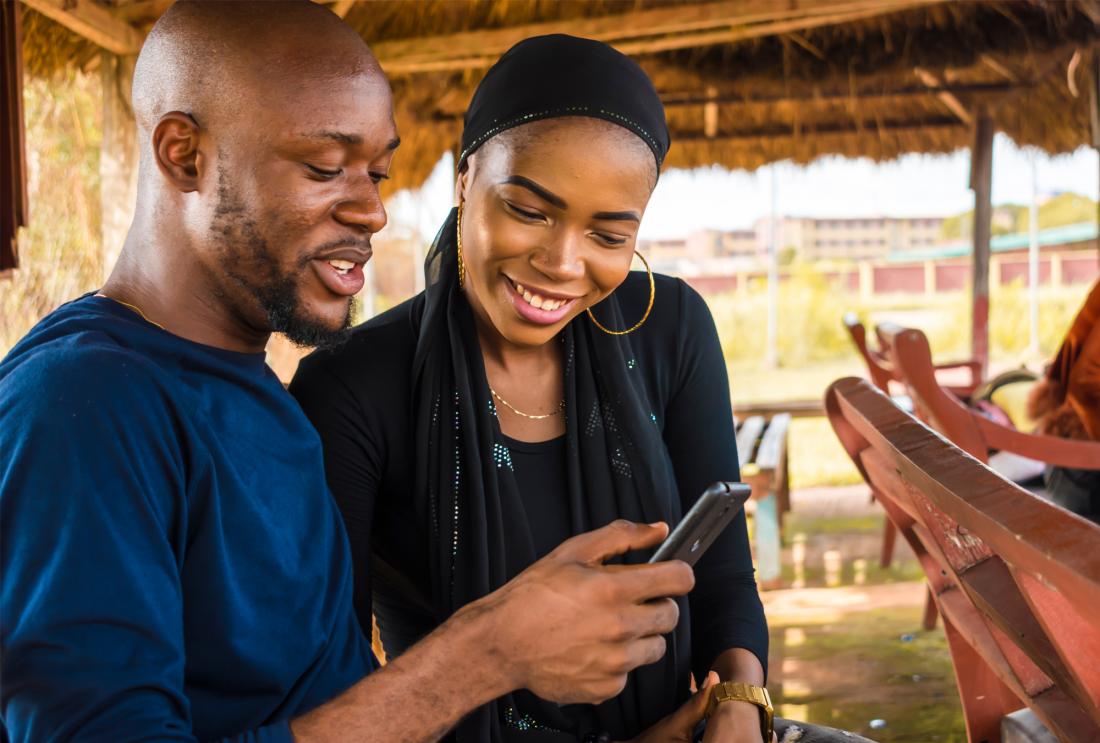Providing Free Internet Connectivity to Improve Financial and Economic Outcomes in Kenya
- Rural population
- Urban population
- Earnings and income
- Employment
- Gender attitudes and norms
- Digital and mobile
The adoption of mobile technology and mobile internet has expanded rapidly in Kenya in recent years, facilitated by increased access to mobile broadband and the spread of low-cost smartphones and tablets. Researchers are partnering with a leading mobile network operator to investigate how the internet affects financial and economic outcomes, particularly for women. This randomized evaluation will measure the impact of providing free cellular data to mobile phone users on access to jobs and skills, access to formal and informal credit, use of the internet (including use of social networking), and political and social attitudes.
Policy issue
The number of internet users has more than tripled in recent years—from 1 billion in 2005 to an estimated 3.2 billion at the end of 2015. This growth has been driven in part by a vast expansion in mobile broadband, as a great number of internet users are mobile-only. More households in developing countries own a mobile phone than have access to electricity or clean water, and nearly 70 percent of the bottom fifth of the population in developing countries own a mobile phone.1 While many studies have sought to identify and understand the economic benefits of the internet, these studies have focused primarily on developed countries and rigorous evidence is still somewhat limited. This study is one of the first to investigate how access to the internet affects economic and financial outcomes, particularly for women, in a developing country context.
Context of the evaluation
The adoption of mobile technology and mobile internet in Kenya has advanced more quickly than other countries in the region, facilitated by increased access to mobile broadband, increased fiber optic cable connections to households, and the rapid spread of low-cost smartphones and tablets. Increases in internet connectivity throughout the country have been driven by mobile data subscriptions. More than 45 million Kenyans have mobile phone subscriptions, and over 99 percent of Internet subscribers access the Internet via mobile phones and other mobile devices.2 Beyond individual connections, the internet has begun to transform different sectors of the economy, including agriculture, financial services, health, and education. Schools are beginning to use digital tools to enhance learning, and millions of people use the mobile platform M-Pesa to send and receive money. Overall, information and communications technology services represent 3.8 percent of Kenya’s GDP.3

Details of the intervention
Researchers working with IPA partnered with Safaricom, a leading mobile network operator in Kenya, to conduct a randomized evaluation measuring the impact of providing free cellular data to Safaricom customers on a number of economic, financial, and social outcomes. From a list of Safaricom customers who had data-enabled phones but had not used any data in the previous six months, researchers randomly selected 6,000 customers to participate in this study and randomly assigned each participant to one of three groups:
- Individuals received 15 GB of free data every three months, for a total of 45 GB;
- Individuals received 5 GB of free data, every three months, for a total of 15 GB;
- Individuals in the comparison group, who did not receive free data
In addition to the free data, researchers designed a set of text messages to help customers who received data learn how to access the internet on their phones and how to search for information, skills, and jobs.
The research team is currently conducting a survey to evaluate the impact of access to the internet on participants’ access to jobs and skills, access to formal and informal credit, use of the internet and cell phones (including use of social networking), and their political and social attitudes (e.g., self-satisfaction, goals and aspirations, and attitudes towards women).
Results and policy lessons
Study ongoing; results forthcoming.
